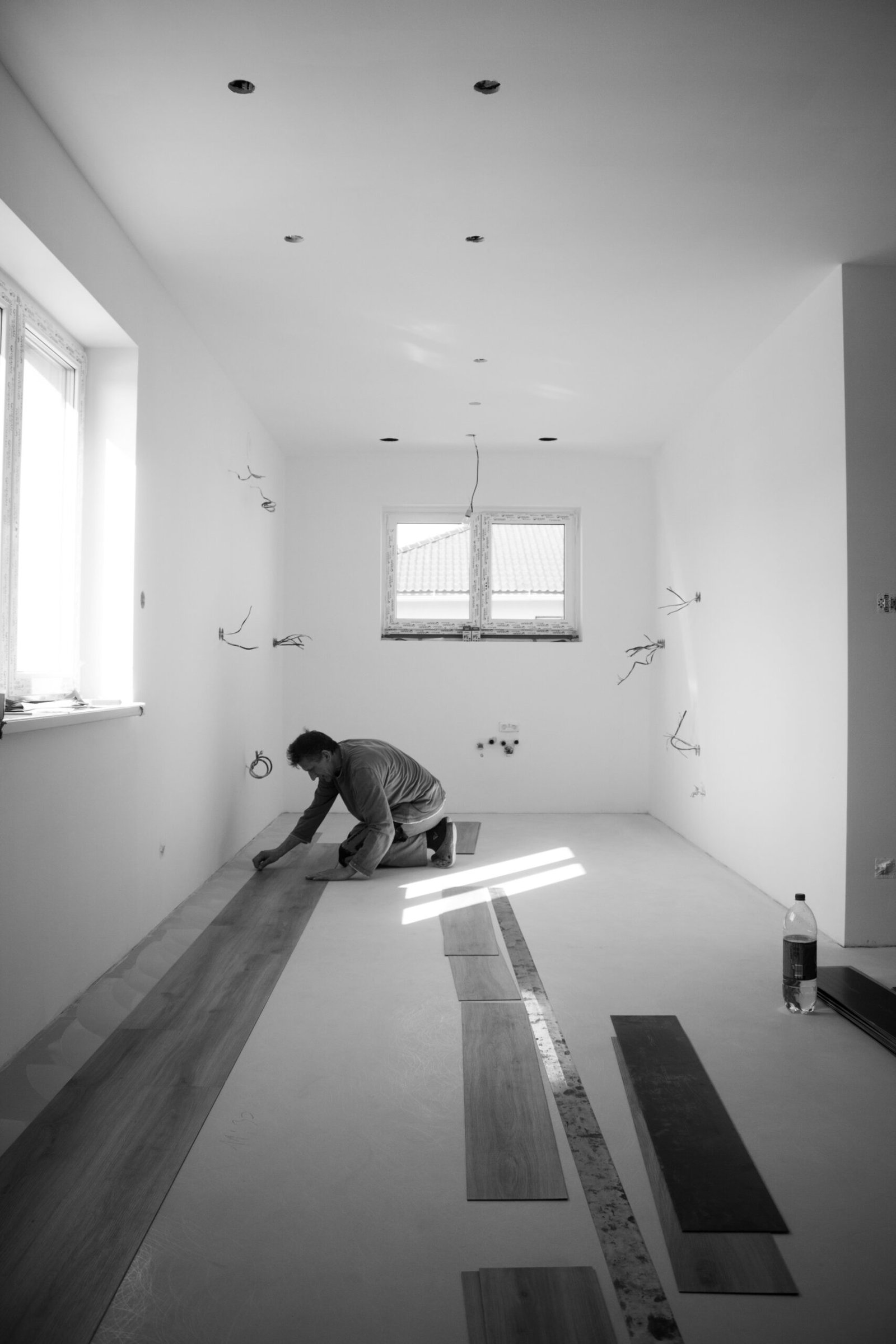Troubleshooting Common Problems with Photo Lamination

Photo lamination is a popular method for preserving and protecting photographs. Whether it’s for personal keepsakes or professional use, lamination helps to safeguard images from damage caused by moisture, UV rays, and general wear and tear. However, like any process, photo lamination can sometimes present issues that need to be addressed. In this article, we will explore some common problems that may arise with photo lamination and how to resolve them effectively.
1. Bubbling or Wrinkling
One of the most common issues encountered with photo lamination is the formation of bubbles or wrinkles on the surface of the photograph. This can occur due to inadequate adhesive application, trapped air, or uneven pressure during the lamination process.
To address this issue, it’s essential to ensure that the laminating machine is set to the correct temperature and that the rollers apply even pressure across the entire surface of the photograph. Additionally, using a brayer or roller to smooth out the photo before lamination can help eliminate any trapped air and prevent wrinkles. If bubbles or wrinkles have already formed, carefully puncturing them with a pin and using the roller to flatten the area can often resolve the issue without causing further damage to the photograph.
2. Cloudy or Hazy Appearance
Another common issue that can arise with photo lamination is the development of a cloudy or hazy appearance on the laminated surface. This can be caused by moisture or air trapped between the photograph and the laminate, or by using the wrong type of laminate for the specific photo paper.
To prevent this problem, it’s crucial to ensure that the photograph is completely dry before lamination, as any residual moisture can lead to a cloudy appearance. Using a laminate specifically designed for the type of photo paper being used can also help to minimize the risk of cloudiness. If the issue has already occurred, carefully removing the laminate, allowing the photo to dry completely, and then re-laminating it using the correct process can often restore clarity to the image.
3. Adhesive Residue or Streaks
Some individuals may encounter issues related to adhesive residue or streaks on the surface of the laminated photograph. This can occur if the adhesive used is of poor quality or if the lamination process is not executed correctly.
To address this problem, it’s important to use high-quality, transparent adhesive sheets that are specifically designed for photo lamination. Additionally, ensuring that the laminating machine is clean and free from any residual adhesive or debris can help prevent streaking. If adhesive residue or streaks are present, carefully removing the laminate and cleaning the surface of the photograph before re-laminating it can often resolve the issue.
By understanding these common issues with photo lamination and implementing the appropriate solutions, individuals can ensure that their photographs are effectively preserved and protected for years to come. Whether it’s for personal enjoyment or professional display, addressing lamination issues promptly can help maintain the quality and integrity of the images.



